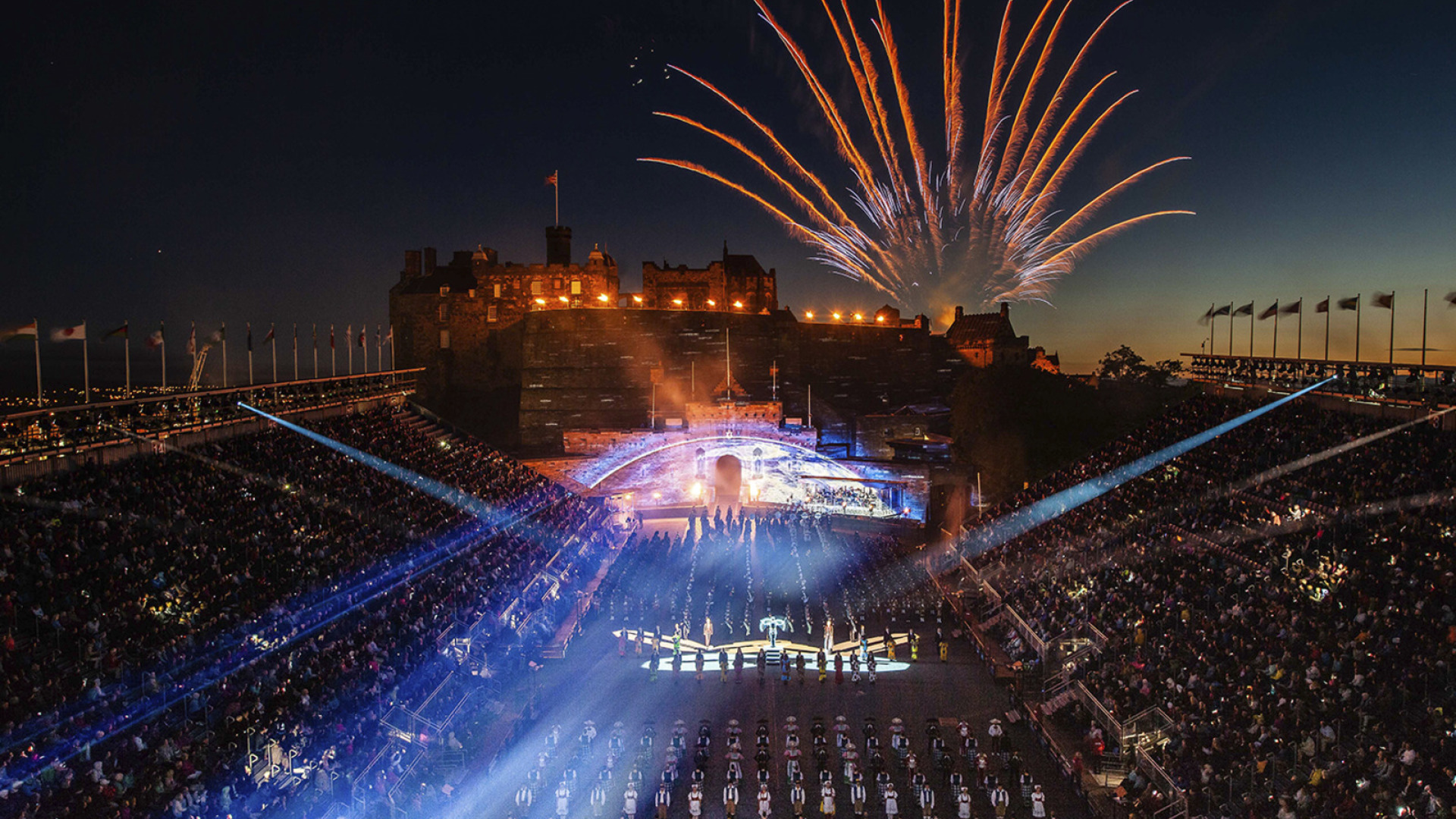10 Facts about The Royal Edinburgh Military Tattoo

- The word ‘Tattoo’ comes from the Dutch phrase ‘doe den tap toe’ meaning 'turn off the taps'. The phrase was a call used at closing time in 17th century bars. The stationed British army adopted the practice and it became a signal, played by a regiment's drum corps each night, that tavern owners should stop serving sweet ales so that the soldiers would return to barracks.
- Yearly attendance is over 200’000 and 100,000,000 watch the event on television.
- The first Edinburgh Tattoo took place in 1950 and a performance has never been cancelled.
- ‘Royal’ was added to the Tattoo’s title in 2010 by HM Queen Elizabeth to celebrate six decades of existence.
- Officer Cadet Elaine Marnoch was the first female lone piper in 1977.
- The Tattoo contributes a large portion of its profits to charities helping people such as the RAF Benevolent Fund, the Soldiers Charity, and many more to help alleviate those fighting poverty, stress, unemployment or coping with disabilities and sickness.
- Over 40 nations have performed at the event over the years.
- The show takes place at Edinburgh Castle and concludes with a march down the Royal Mile.
- Edinburgh Castle is HQ to one of Scotland’s most senior cavalry regiments, The Royal Scots Dragoon Guards. Also known as the Carabiniers and Greys, the oldest surviving cavalry of the line in the British Army is always at the centre of the Tattoo’s pipe and drum action.
- And finally…Around 35 miles of cabling – the distance from Glasgow to Edinburgh – is required to power the Tattoo each year!
